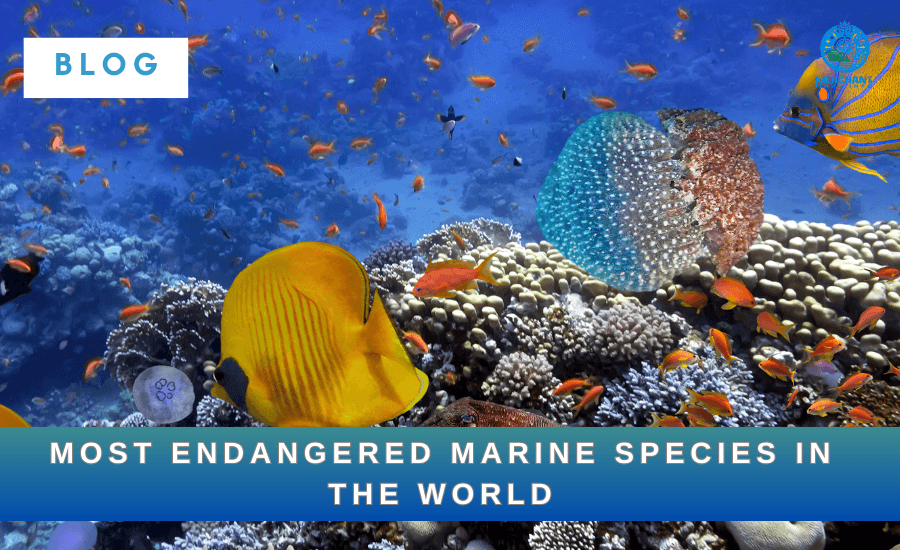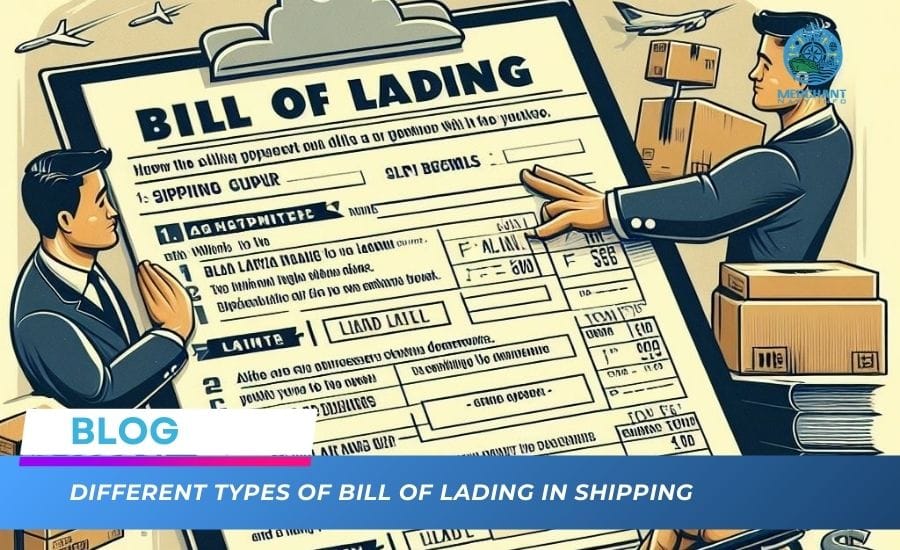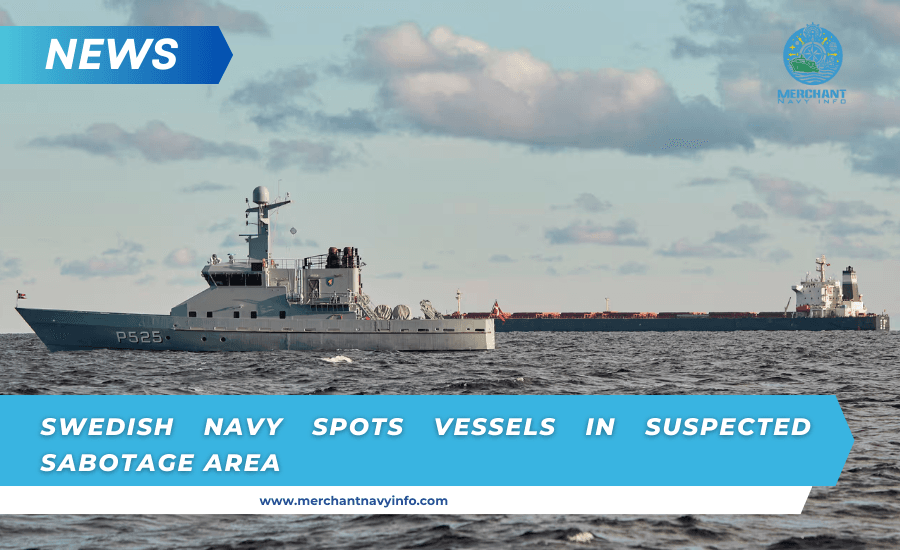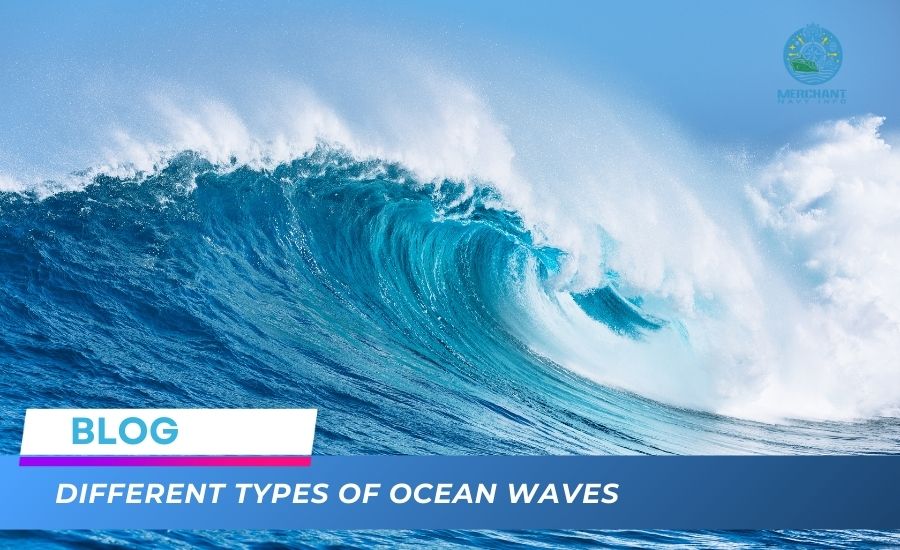
Ocean Surfing: Understanding the Different Types of Waves Ocean
The ocean and waves are so wonderful and important to those who surf and have fun in one of nature’s most amazing playgrounds. However, for surfing enthusiasts, ocean/nature lovers, or just curious people, you may wonder: What are ocean waves, and how exactly are they formed?
In this blog, we aim to explain more about what ocean waves are, how they are formed, and the different types of waves from the perspective of a current or future surfer. Finally, we will explain a bit about the waves in our area (Costa Ballena, Costa Rica) and what makes it a perfect place to learn to surf.
How are ocean waves formed?
Ocean waves have always been a source of curiosity, legend, and wonder. From the Greek mythology of Pentesichem, goddess of the waves and the symbol Leah, to the Polynesian mythology of Tangaroa, god of the sea, people have felt the power of ocean waves and attributed it to supernatural causes. The truth is much more scientific but just as fascinating.
Waves are formed by energy moving in a circular motion through water.
Also read: How Many Types of Sea Waves are There?
According to the National Oceanic and Atmospheric Association (NOAA), when a storm develops in the middle of the ocean, the wind pushes on the surface of the water, “creating turbulence that steadily builds as the wind continues to blow and the crest of the wave rises.” If we remember Newton’s laws, energy can neither be created nor destroyed, so the force of a wave travels hundreds to thousands of miles until it reaches the shore.
The waves we see lapping the beach—the waves that surfers chase worldwide—result from energy cycles moving in disturbances on the seafloor. When the bottom of the energy cycle hits the seafloor, it slows down, forcing the water into a steeper shape until the wave finally reaches its breaking point. At that point, we catch it and ride it, letting all that beautiful energy flow through the surfer.
The Anatomy of a Wave
Reading waves is one of the most important skills you learn through surfing. When you’re learning how to surf and sitting in the “row” (outside the breaking wave), you’re constantly watching the horizon and anticipating where to go to catch the next big wave. One way to do this is to understand wave anatomy.
Also Read: Hurricanes, Heatwaves, and Rising Seas: The Impacts Of Record Ocean Heat
Beginner surfers typically learn to practice jumps and get used to their equipment on the “shallow parts” and (already breaking) white waves. More advanced surfers paddle out to “green waves” (unbroken waves) and try to catch them before they break. This allows surfers to glide on the “face” of high-speed waves for longer. When certain wave conditions are right, more advanced surfers can place themselves into a barrel or tube and ride inside the water tunnel that forms. Being “in the barrel” is an incredibly desirable experience for any surfer.
Reading Waves
When learning to surf, knowing the different parts of a wave allows you to predict where to paddle to catch the wave in the right spot and exactly how to ride it. Ideally, a surfer can see where the crest of a wave is forming, then angle themselves slightly to the right or left (depending on how the wave breaks) to catch the wave and keep their position on the face. This experience is fairly intuitive, but the basics help us understand why.
Wave Types: Beach Waves
Three Types of Beach Waves: Beach, Reef, and Point
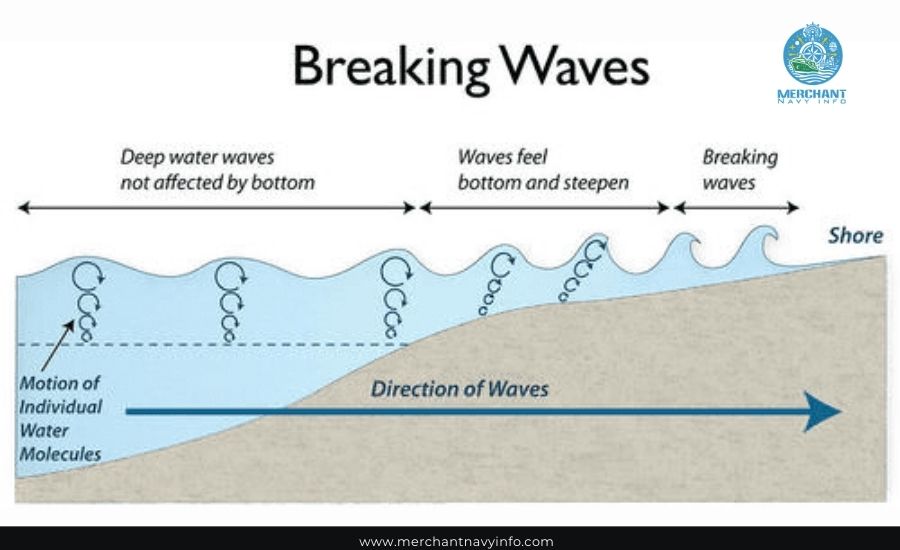
Now, as some of you may have guessed, not all waves are created equal. Generally speaking, there are three different types of waves, and we distinguish them based on the obstacles on the seafloor that cause the wave to break.
Beach break
Beach waves are waves that break over the sand. These are usually the most stable waves and best for beginners, as the seafloor is smoother and safer. While beach waves are traditionally constant, there will always be some surfable waves as long as there are waves. It is also constantly changing. The sandy seafloor is dynamic and changes with the currents and tides. So, a beach wave means that the wave sometimes slides to the left, to the right, is huge, and sometimes very calm.
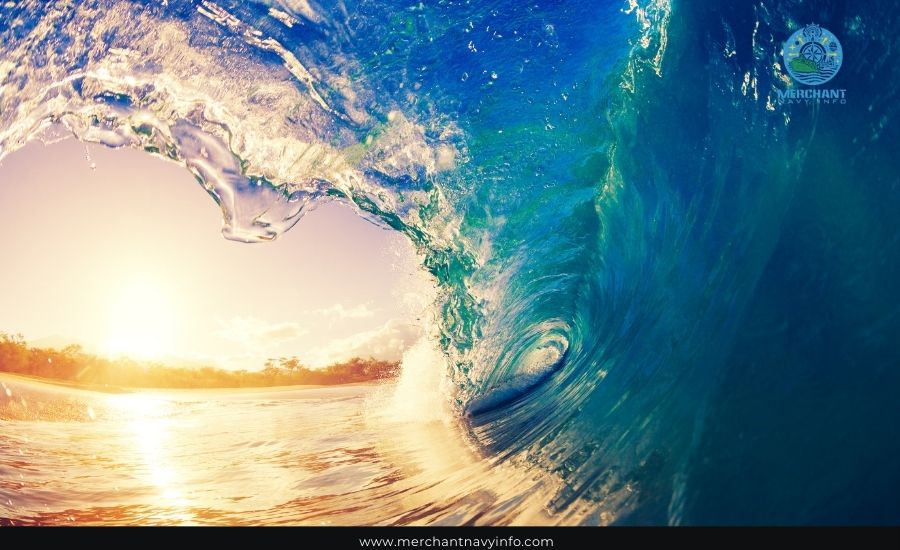
The largest recorded wave in the world is a beach wave located off the coast of Nazaré, Portugal. We had a great vacation in our hometown of Uvita, Costa Rica. These are two completely different waves, but they are caused by the same physical phenomenon.
Also Read: What Is Life Raft Drills? Essential Safety Practices
Another dangerous type of wave is a “beach wave,” which occurs when the waves wash directly onto the beach. This usually occurs when the ocean floor moves quickly from deep to shallow.
Reef break
A reef break is, you guessed it, a wave that breaks over a coral reef (or other fixed objects on the seafloor, such as rocks). Waves that break over a reef or rock are almost like machines. Since the seafloor is fixed, the waves will crash over and over again in much the same way.
Changes in tide and wave direction are variable factors in coral breakage. Reef breaks are also more dangerous in the surfing world. The waves crash over a steep, rocky bottom, and the water is usually relatively shallow. If you plan on surfing a reef, be aware of safety precautions and always talk to a local first.
Also read: Do You Know About The Titanic Real Story?
One of the most famous waves in the world is a reef break: Teahupoo. Located off the coast of Tahiti, Teahupo’o (properly pronounced “tay-hoo-poh-oh,” but often referred to as “cho-poo”) forms a huge, beautiful pipe that attracts surfers from all over the world.
Point break
A breaking point is a wave that breaks from a certain point, usually a bay or beach. It can be a point where the coast juts out or extends into the sea, or it can be an underwater rock or reef. Point breaks can produce very long, reliable waves that always travel in the same direction from that point. They are very stable because they break in the same place, and the conditions that cause a point break don’t change very often. Some of the longest break breaks in surfing also produce point breaks, but since they usually have only one starting point and go in one direction, you may have to wait in line for your turn to catch the wave.
Some famous point breaks are Jeffreys Bay in South Africa and Chicama in Peru.
Explore Different Shapes of Breaking Waves
So when you are in formation and see a wave coming towards you, there are a few things to remember. Reading waves requires patience and practice. No matter how well you know the area and its trends, no two waves are alike. But according to oceanographic research, breaking waves can be divided into three types: swells, spills, and sinking waves.
Swells are waves that don’t have much shape. They gather and glide along the beach without creating a lot of foam or spray.
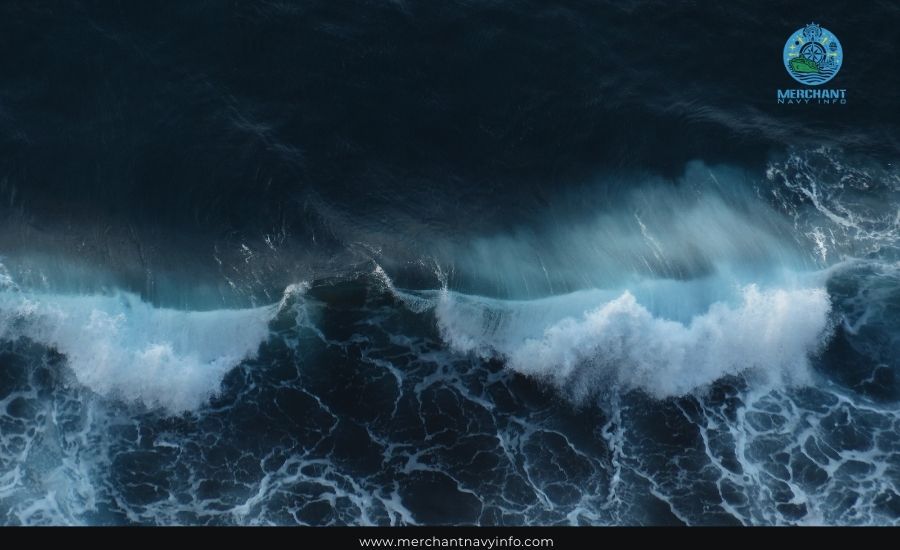
Spilling waves have more shape, but don’t curl. The current approaches the gently sloping seafloor, creating waves that foam on top but don’t create turbulent waves. As the whitewater spills from the crest to the wavefront, it builds up energy and then loses it.
Also Read: What Are Gas Tankers? Types Of Gas Tankers
On the other hand, downward-falling waves have more energy as they approach the shore and form a sharp curve as the wave falls. You might imagine this to be the perfect surfing wave: “The tube-like structure that these waves form when they hit the beach at an angle and travel along the shore is exactly what surfers love.”

